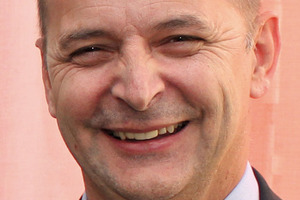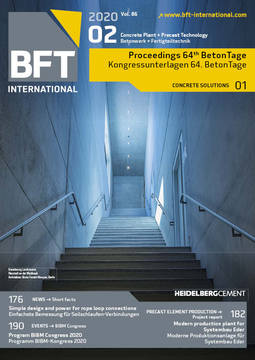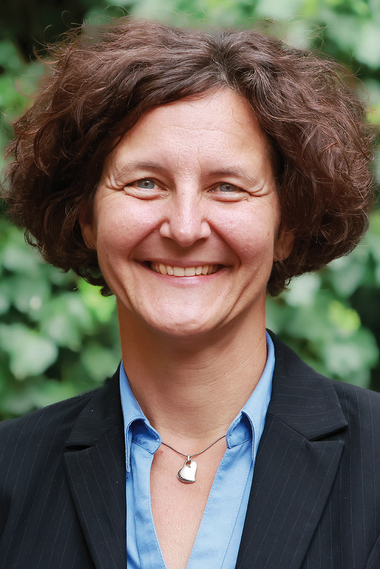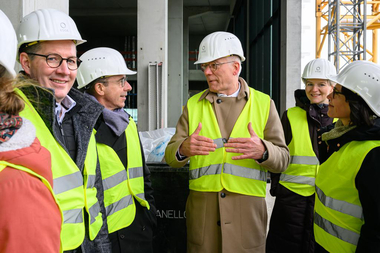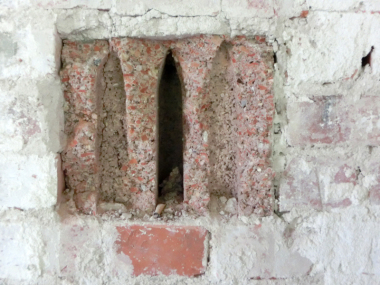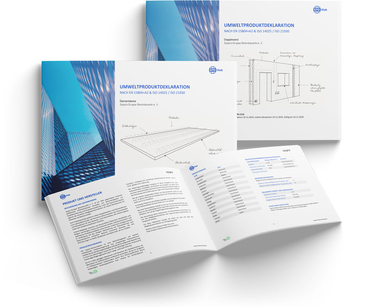Distinguished guests,
The construction sector, and the manufacturers of concrete and precast concrete elements in particular, are challenged in special ways by the requirements imposed by climate change. In this context in Germany, the building sector has as best performer topped the list since 1990, by reducing its CO2 emissions by 43 %. Industry (-36 %), the energy economy (-23 %), agriculture (-18 %) and in particular the transport sector (0 %) have clearly lagged behind. But the industry must not rest on what it has already achieved: new technological solutions are needed in the design of energy-intensive processes. These include new design in concrete production of the still unavoidable processing of cement clinker by ensuring low emissions. To achieve this, the concrete sector will “flip over the switch,” as demonstrated on the DER industry platform—our BetonTage.
As we will show this year, we are by now reflecting the entire value-added chain and all of its interfaces in building with structural concrete elements: architects, structural engineers, manufacturers of concrete elements and cement as well as the associated suppliers and lead building contractors will present their innovations to us.
And present everywhere in the program, it goes without saying, are the topics of CO2 reduction, resource efficiency, lightweight construction, digitization and process innovations, including 3D printing of buildings and building elements. Entirely new, technology-driven approaches – such as collecting and storing CO2 during cement production, and the possible utilization in new products – will also bring within close reach the climate neutrality of building with concrete.
We manufacturers of precast construction elements have always practiced sustainable building: because concrete – quite unlike lightweight construction methods – has a long service life, is weather-resistant and is produced with regional raw materials with short transport distances. It is totally recyclable and offers, apart from its ecological benefits, moderate construction costs and thus affordable housing. This is because social sustainability and cost-efficiency will continue to characterize the future of such building for our fellow men and women.
Let us together create the future of climate-conscious building with concrete.

